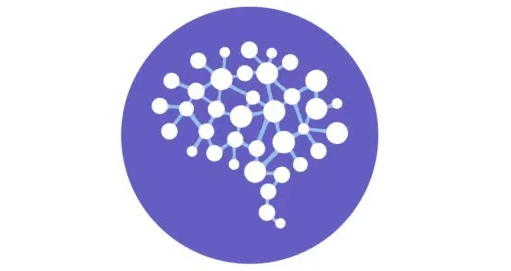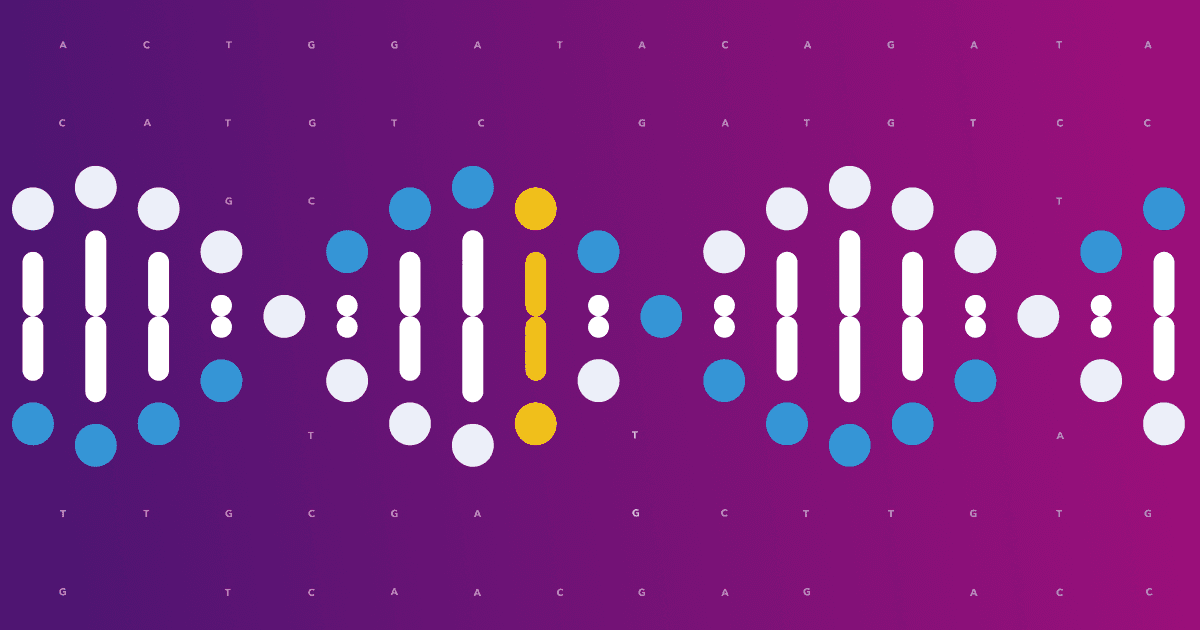By Emily Drabant Connley, Ph.D.
Editor’s note: A version of this piece appeared in STAT. You can find it here.
As a scientist, I am fascinated by the new international study that found thousands of genetic variants associated with same-sex sexual behavior, and not a mythical “gay gene.”
The findings offer an intriguing glimpse into the complexity of sexual behavior. It reveals some differences in the genetics of same-sex sexual behavior between men and women, for instance. And the study illustrates that human sexuality is more nuanced than many believe.
Yet the study is compelling to me for another reason as well. As a member of the LGBTQ community, it is affirming. The data, in essence, says that same-sex sexual behavior is a complex trait governed by a number of genetic and non-genetic factors, just like height. And just as people range from tall to short, same-sex experiences are part of the normal spectrum of human sexuality.
The Natural World
Don’t get me wrong. I don’t need someone to tell me that I am “normal.” But for anyone who has gone through the difficult experience of coming out, seeing sound science validating same-sex relationships as part of the natural diversity of human sexuality is validating.
I recall reading Bruce Bagemihl’s book Biological Exuberance as a young scientist at Stanford. I found solace in the fact that within the rest of the natural world, there is a wide variety of pair-bonding, sexual behavior, and co-parenting. From penguins to bonobos, there are countless examples of same-sex pairing. There are even instances of lifelong same-sex relationships. For example, the Laysan albatross stay together for life and even raise chicks together. In nature, as in science, there is no judgment. I, and my wife are not an anomaly.
So this research grabs my attention as both a scientist and as a lesbian. I’ve been fortunate to work and build a career at a place that values both perspectives.
Leading with Science
Beginning almost a decade ago, 23andMe researchers and I first started studying sexual orientation. Those early efforts were prompted in part by requests from our customers. Our customers wanted to know more about the genetics and biology of sexuality. Like love, in general, the answer is complicated.
My fellow researchers at 23andMe and I also wanted to conduct this research out of our own scientific curiosity.
At the time, sexual orientation was understudied. Because it’s a controversial topic, funding was limited and recruitment of participants was difficult. That meant that many of the studies that had been done were underpowered. We felt that 23andMe — with its crowdsourced research platform that allowed anonymous participation — was uniquely equipped to do the work. While there were strong opinions on either side around doing this kind of genetic study — even within my own LGBTQ community people came down on both sides — as a scientist, I wanted to let the data speak.
There Is No ‘Gay Gene’
I’m proud of the preliminary work we did. But this new study — conducted by researchers in the United States, the Netherlands, the United Kingdom and Australia — easily dwarfs all the previous genetic studies into sexual orientation ever done. With data from nearly half a million people — including 23andMe customers who provided additional consent to participate in this specific research — this is the most powerful genetic study of its kind. It offers exciting lines of inquiry for future research.
This research did not find a “gay gene,” and frankly, human biology doesn’t work that way. Like personality and other complex human traits, a mix of genetic and environmental factors influences sexual behavior. Of all the many, many genetic variants that were found to influence same-sex sexual behavior, only a handful — five to be exact — were statistically significant, but in fact had small effects. Across all the thousands of genetic variants found, together they explain somewhere between 8 and 25 percent of the variation in same-sex sexual behavior. The genetic variants identified are far from being predictive of same-sex sexual behavior. Intriguingly, some of genetic variants with the strongest associations are linked to the biological pathways for sex hormones and olfaction, providing tantalizing clues into possible biological mechanisms influencing same-sex behavior.
But the most fundamental aspect of this inquiry is its contribution to our understanding of the human condition. We are fascinating in our diversity and complexity. The depth of our humanity is only truly understood when we study, appreciate and embrace that.
Emily Drabant Conley, PhD, is Vice President for Business Development at 23andMe. Prior to 23andMe, Dr. Conley spent 10 years conducting research that combined genetics and neuroimaging to understand neuropsychiatric disease. She was a Research Fellow at the National Institute of Mental Health and is co-author on more than 30 academic publications. She formerly served on the Advisory Board of Lesbians Who Tech, an organization dedicated to increasing diversity representation in the technology industry. She also previously served on the board of the UCSF Alliance Health Project, a clinic which provides services to the LGBT and HIV-affected communities in San Francisco.




